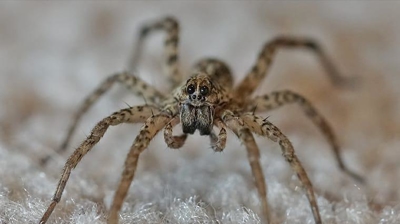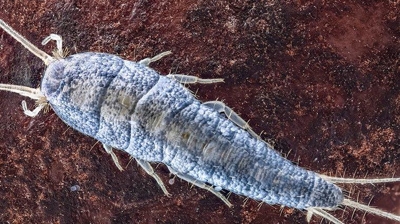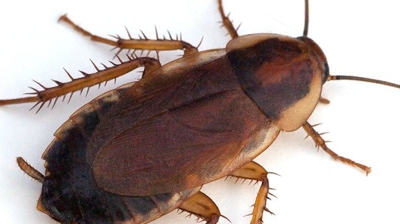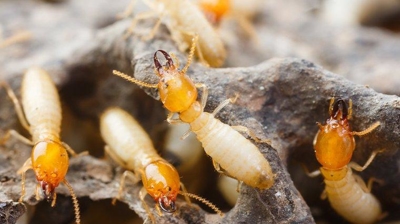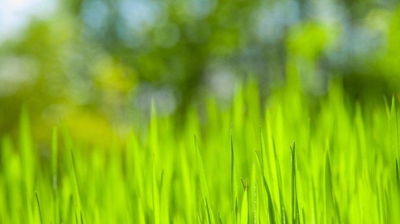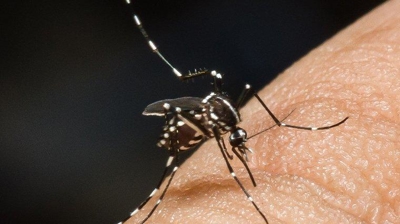
Wood-Destroying Insects
What are wood-destroying insects?
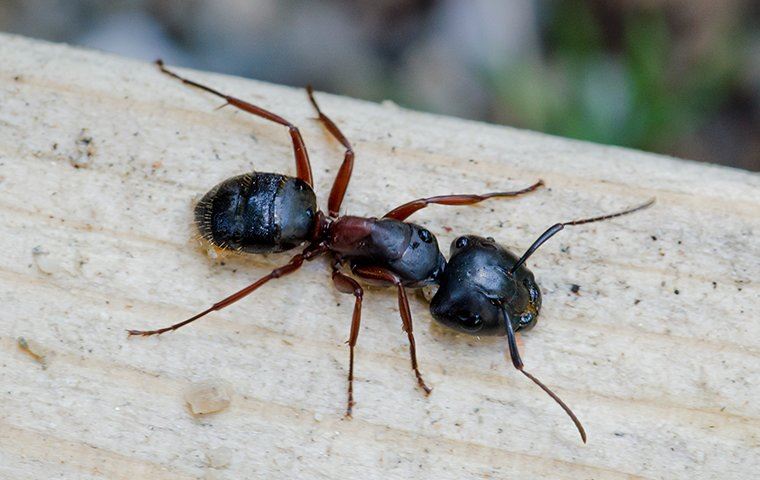
Those insects that tunnel through and/or feed on trees and pieces of wood like building timbers are referred to as wood-destroying insects. Besides termites, two of the more common species of wood-destroying insects living throughout Texas, Utah, Arizona, Colorado, and Oklahoma are the carpenter ant and carpenter bee.
Carpenter Ants
These ants are one of the largest household-invading ants living in the United States. Workers grow to about ½ inch in length, and queens grow between 1 and 1½ inches. Most carpenter ants are solid black or black and red. These ants have large, strong mandibles for tunneling through the pieces of wood they have invaded.
Carpenter Bees
Carpenter bees are large solitary bees with a round, plump body. Adults grow to between ½ and 1 ½ inches. They are mostly black, with the mid-section of the body covered in yellow fuzz. The Abdomen is shiny black and is void of any hair.
Are wood-destroying insects dangerous?
Wood-destroying insects aren't a significant danger to us, but the damage they can cause is quite substantial. Each day they are present, they cause more and more damage.
Carpenter Ants
Carpenter ants don’t consume wood like termites, but they do tunnel through pieces of wood to create nesting galleries. They prefer to tunnel within pieces of wood damaged by water or decaying as it is easier for them to move through it. The carpenter ants cause structural damage, and their presence within your home is a likely indicator of an underlying water issue in or around your house needing repair.
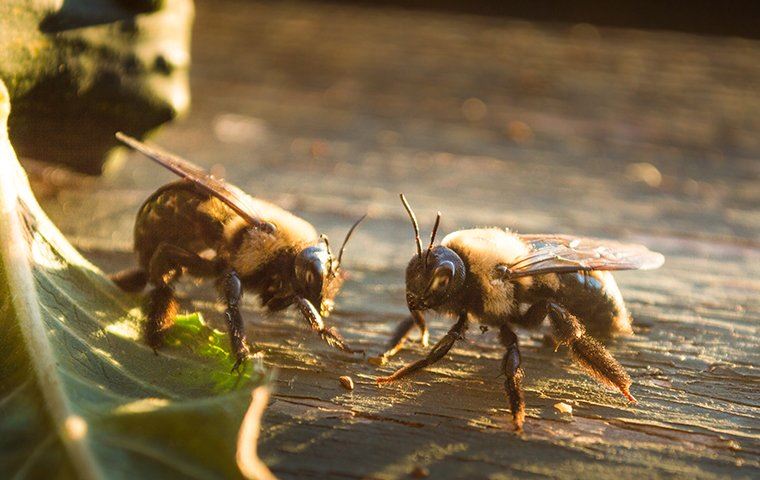
Carpenter Bees
Carpenter bee females create entry holes into pieces of wood about the width of their bodies. They then tunnel through the wood to create nesting galleries. Though these bees are solitary, many females often choose the same pieces of wood or area to nest in. Multiple nests and nests reused year after year lead to the structural damage these pests are known for.
Male carpenter bees lack a stinger, and female carpenter bees are very docile and rarely sting. However, it is essential to remember they are a type of stinging insect, and the venom is potent enough to trigger an allergic reaction if a sting were to occur.
In addition to the structural damage carpenter bees themselves can cause, the presence of carpenter bees will attract woodpeckers to your property. Woodpecker's feeding habits cause even more damage to a piece of wood already compromised by carpenter bees. The woodpecker’s favorite food is carpenter bee larvae, and they peck at the entrance of the nest to gain access to it.

Why Choose White Knight Pest Control?
-
Expansive Service AreaWe have local offices in several states ensuring accessibility to quality pest control wherever you are!
-
18+ Years in BusinessOur goal as a business continues to be building trusting relationships with our customers & local communities.
-
Customized Treatment PlansEvery home and business is unique! We will tailor a pest control plan to fit your specific needs and budget.
-
Pest Specific Treatment OptionsWhether you're looking for general pest control or targeting one pest specifically, we've got you covered.
Why Do I Have a Wood-Destroying Insect Problem?
Carpenter bees may become a problem after choosing wooden trim, shingles, posts, or other wooden elements to nest in. If you see a large bee moving in and out of a hole in a piece of wood, the most likely culprit is the carpenter bee. Seeing piles of yellowish, sawdust-like material below those holes is another indicator of a carpenter bee infestation.
Like other bees, carpenter bees are attracted to properties that provide them appropriate nesting sites and easy access to food and water. Adult carpenter bees feed on plant nectar and pollen, making properties with lots of gardens and flowering vegetation attractive to them.
Carpenter ants often move into homes and businesses while out foraging for food. Carpenter ants do not feed on wood the same way that termites do; they only move into pieces of wood to tunnel through it and create nesting galleries to expand the colony. Carpenter ants typically have a primary nesting site located outside, but after finding a way inside while searching for food to feed their colony, if conditions are right, they will stay and create an indoor nest.
How do I get rid of wood-destroying insects?
Carpenter bees, carpenter ants, and other wood-destroying insects have no place in our yards or homes. The damage they cause is costly and time-consuming to repair. To eliminate current wood-destroying insects from your property and stop their return, White Knight Pest Control offers quick action and effective pest control solutions. Our service plans utilize eco-friendly pest control products and top-of-the-line services to ensure we meet our customer’s pest control needs. Speak with one of our friendly professionals today and learn more about our wood-destroying insect control solutions!
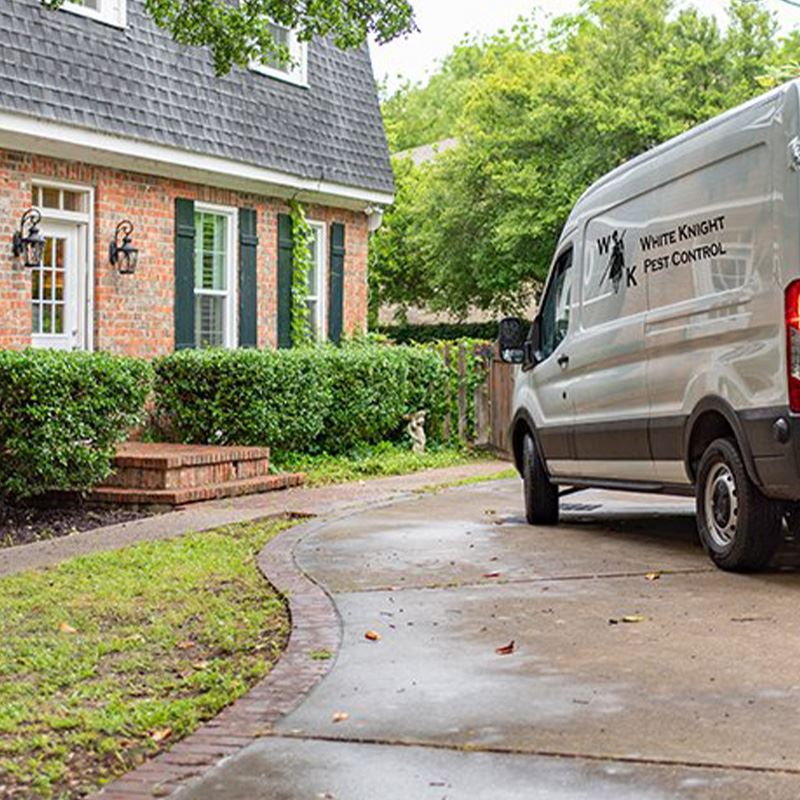
How Can I Prevent Wood-Destroying Insects in the Future?
At White Knight Pest Control, we will help you prevent problems with wood-eating insects through our regular treatments. In conjunction with our comprehensive services, the following prevention tips will help you keep wood-eating insects out of your Texas, Arizona, Utah, Colorado, or Oklahoma home!
Eliminate entry points: Seal space in the foundation and fix gaps in your home’s exterior walls. Repair loose or damaged window or door trim, place covers over vents. Repair damage to roofs, soffits, and chimneys.
Limit nesting sites: Make sure wooden structures on your property are somehow treated with paint, stain, or varnish. Remove fallen trees, dead trees, tree stumps, and excess piles of wood from your yard.
Eliminate food sources: Limit the amount of flowering vegetation planted on your property, especially planted close to your home’s exterior. Stops ant from foraging for food by keeping lids on trashcans, picking up uneaten pet food, regularly vacuuming floors in your home, and store food in containers with air-tight lids.
Eliminate excess moisture: Make sure gutters are clear of debris and not causing water to overflow into your home’s roof. Place weather stripping around windows to again help stop water from getting into your home. Repair leaky pipes and clogged drains. Use dehumidifiers to reduce excess moisture in your home. If any wood in your home becomes damaged by water, quickly remove and replace it.
Helpful Wood-Destroying Insect Articles
What San Antonio Property Owners Ought To Know About Carpenter Ants
What Our Customers Are Saying
-
"Our technician was Mark and he was very polite, asked questions and did an excellent job doing the service."
Our technician was Mark and he was very polite, asked questions and did an excellent job doing the service. Thank you.
Bill Tefft -
"They are professional, but super friendly and their services are priced wonderfully."
Forest was very kind and professional. He did the work that was explained to us the previous appointment and made sure ...
Lori Bonine -
"Thank you, White Knight!"
Great service! Alex S helped out and he was really efficient, fast and extremely nice and polite. Thank you, White Knight!
Michael Leach -
"Great service!"
Great service! Alex S. helped out and he was really efficient, fast, and extremely nice and polite. Thank you, White Knight!
Eliot Garcia -
"He listened to my concerns, answered my questions, walked me through what he did and how it was going to help resolve our ant issue."
We've been working with White Knight for a few months now. I appreciate that when I called to get a reservice to address an ...
Christine Rominski -
"Tyrell did an amazing job when he came to service our house."
Tyrell did an amazing job when he came to service our house. He took his time and was very informative about the ant hills we ...
Rodin Chery -
"Hope service continues to be this great!"
Aaron showed up to do my first-ever treatment today. He was very kind and I was completely comfortable letting him into my ...
Cortney Love -
"Highly recommend."
Shannon is a very personable technician. Thorough and well-mannered person. Highly recommend. Great job!!!
Hector Suarez
Recent Blog Articles
View our blogs and resources below.
-
 Denver, CO Homeowners' Ultimate Spider Control GuideRead More
Denver, CO Homeowners' Ultimate Spider Control GuideRead More -
 Six Easy & Effective Silverfish-Prevention Tips For San Antonio Property OwnersRead More
Six Easy & Effective Silverfish-Prevention Tips For San Antonio Property OwnersRead More -
 Effective American Cockroach Control In Salt Lake CityRead More
Effective American Cockroach Control In Salt Lake CityRead More -
 What Not To Do About Termites On Your Fort Worth, TX PropertyRead More
What Not To Do About Termites On Your Fort Worth, TX PropertyRead More -
 The Damage Weeds Can Do To Your Salt Lake City LawnRead More
The Damage Weeds Can Do To Your Salt Lake City LawnRead More -
 Four Signs Your Houston Home Has A Bed Bug ProblemRead More
Four Signs Your Houston Home Has A Bed Bug ProblemRead More -
 The Trick To Effective Centipede & Millipede Control In Your Denver HomeRead More
The Trick To Effective Centipede & Millipede Control In Your Denver HomeRead More -
 A Handy Guide To Mosquito Prevention For Phoenix Property OwnersRead More
A Handy Guide To Mosquito Prevention For Phoenix Property OwnersRead More
